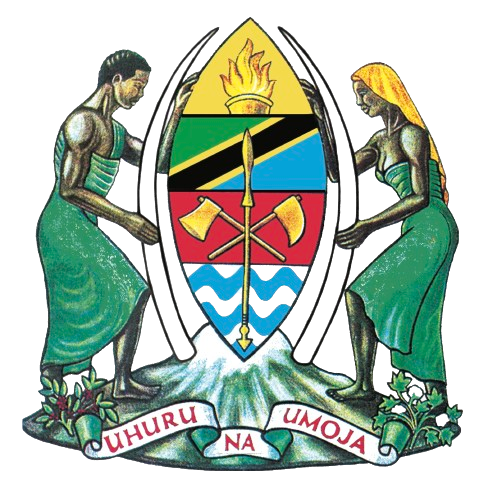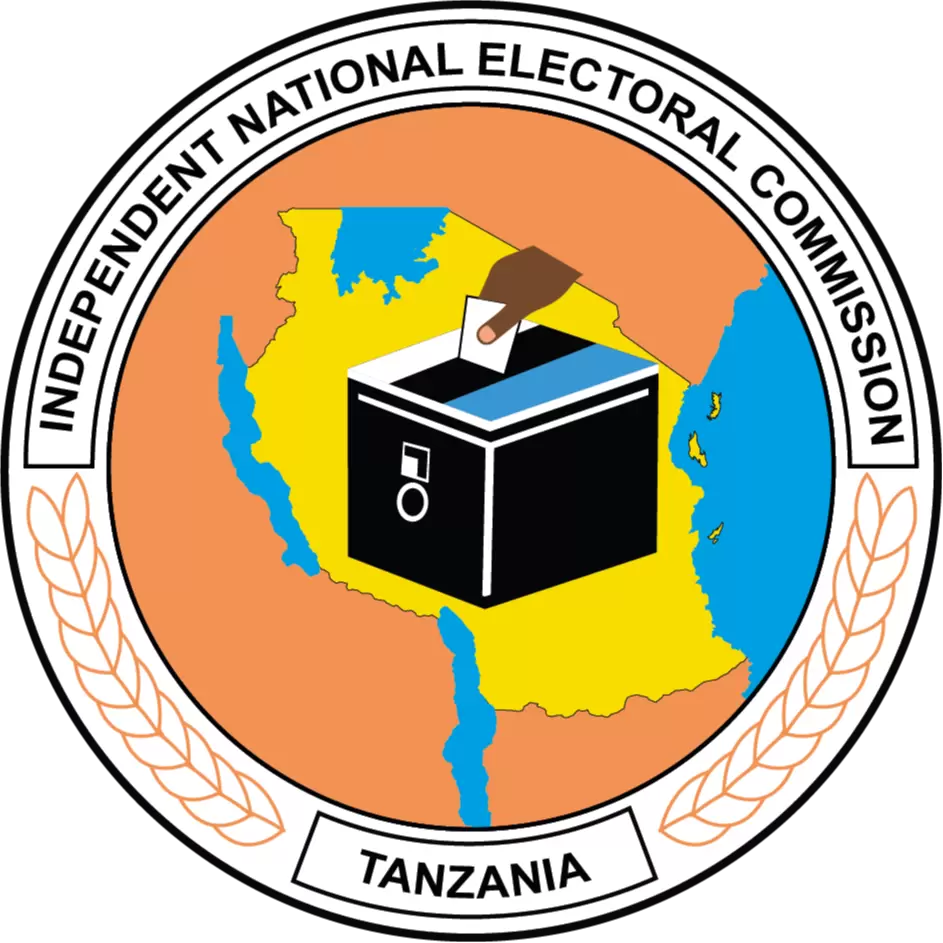Pollination potential of African honey bees, Apis mellifera (litorea): (Hymenoptera: Apidae) in sunflower, Helianthus annuus production in South-Eastern Tanzania
- 11th November, 2022 16:34
- By JULIUS.BUTINDI
- Papers
Author(s) : Wilson A. Nene, Mkabwa L.K. Manoko & Masoud H, Muruke
AbstractSunflower, Helianthus annuus, is one of the major cash crops in Tanzania. Despite the importance of the crop, its productivity is still low. In that respect, farmers have been experiencing poor seed-set in sunflowers leading to recorded lower yields. The introduction of honey bees, Apis mellifera, in sunflower production has for a long time been considered an effective strategy for improving sunflower productivity; however, studies on the potential of this phenomenon particularly in Tanzania have been limited. We conducted experiments between July and December 2019 in Mtwara Tanzania, to investigate the potential of honey bees in improving sunflower production. Findings revealed that the weight of sunflower seeds per head in the plots colonized with honey bees was 32.15 g, accounting for three and half times higher than the case without any pollinators (9.41 g). We recorded a significantly (Kruskal-Wallis Test H = 25.81, χ2 prob = p < 0.001) higher 1000-sunflower seed weight of 53.68 g for plots with honey bees vis-a-vis plots with other pollination treatments (wild pollinators = 42.07 g, without pollinators 29.51 g). The percentage of chaffiness was lower in the plots with managed honey bees and wild pollination, accounting for a reduction of 28.25% (for managed honey bees only) and 16.68% (for wild pollination) as compared to plots without pollinators. Therefore, the study results revealed that pollination services from managed honey bees are the appropriate strategies that can contribute to the improvement of sunflower productivity. Further studies based on different agroecological conditions are recommended.
Visit https://www.tandfonline.com/doi/abs/10.1080/00218839.2022.2135760


